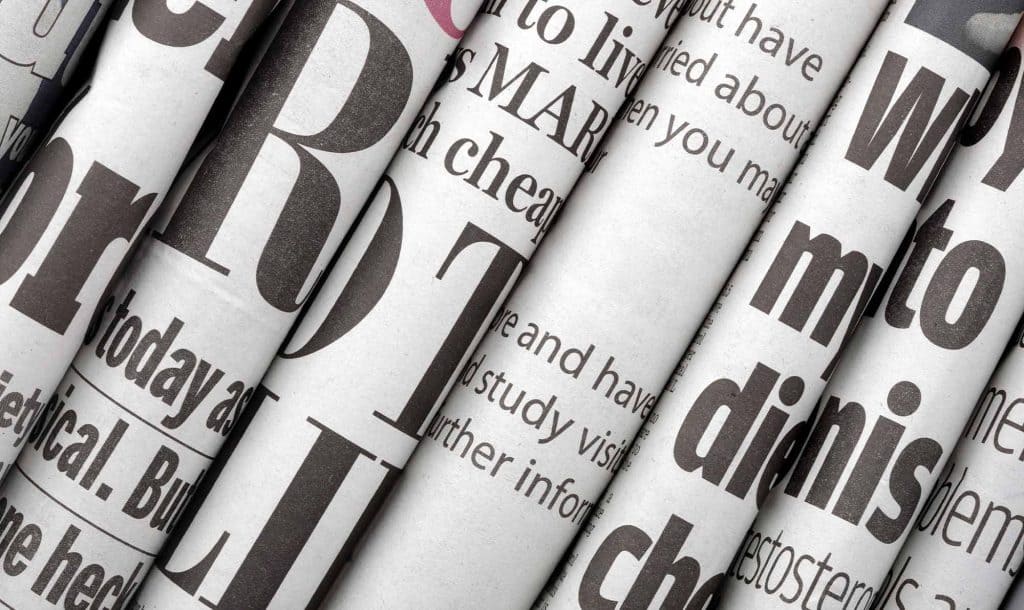Ozempics key ingredient may reduce the desire to drink alcohol

If you have both type 1 or type 2 diabetes and drink alcohol you may be at a heightened risk for diabetes complications. While you do need some insulin to cover those carbohydrates, your doctor may suggest reducing your usual insulin-to-carbohydrate ratio to prevent low blood sugars later in the night. In this context, we are referring to a high blood sugar as any level over 8.9 mmol/L160 mg/dL.
A man volunteered to get brain implants for depression. Hear his story
While there are some diabetes-friendly Drug rehabilitation cocktails, such as the ones mentioned above, traditional cocktails are generally very high in added sugars. However, the carb content of your drink may vary depending on what you mix the liquor with. For instance, a 12-oz (360-mL) serving of regular Busch contains just 7 g of carbs, while the same serving sizes of Busch Ice and Busch Light provide 4.2 and 3.2 g, respectively. Unsweetened vodka, rum, gin, tequila, whiskey, scotch, brandy & cognac contain zero carbohydrates. When added to a zero-carb mixer, such as diet cola, it is a zero-carb beverage. This conversation starts with simply being honest about the amount of alcohol you drink daily.
- That includes light beers, red and white wines, distilled spirits, and low carb cocktails if you avoid sugary juices or syrups.
- At that point, when a deficit in insulin secretion is combined with a state of insulin resistance, the person develops type 2 diabetes.
- Too much drinking, on the other hand (more than three drinks daily), can lead to higher blood glucose and A1C.
- Warehousing glycogen, the stored form of glucose, is among the many tasks your liver performs.
Always test blood sugar before having an alcoholic beverage
- People in the study receive the two lowest doses of semaglutide; the dose used for weight loss is about four fold higher.
- This conversation starts with simply being honest about the amount of alcohol you drink daily.
- Among a small subgroup of participants who smoked cigarettes at baseline, those treated with semaglutide had significantly greater reductions in average cigarettes per day compared to those in the placebo group.
- If you never or rarely drink alcohol, you’re not alone—in fact, people with diabetes drink about half as much as other adults.
- LDL cholesterol levels tend to be lower in alcoholics than in nondrinkers (Castelli et al. 1977), suggesting that chronic alcohol consumption may have a beneficial effect on cardiovascular risk.
Catecholamines further decrease insulin production and increase glucagon production. Accordingly, physicians who treat diabetics known to consume large amounts of alcohol must be aware of the risk of alcoholic ketoacidosis in those patients. Abnormalities in the levels and metabolism of lipids are extremely common in people with either type 1 or type 2 diabetes and may contribute to those patients’ risk of developing cardiovascular disease (Durrington 1995). Alcohol consumption can exacerbate the diabetes-related lipid abnormalities, because numerous studies have shown that heavy drinking can alter lipid levels even in nondiabetics. Some alcoholic drinks also have a lot of calories, which can cause weight gain. And alcohol may reduce the effectiveness of some of your diabetes medications.
More Must-Reads from TIME
For people new to the intersection of alcohol and diabetes, it’s advisable to have a friend or family member who knows diabetes to check in with. This person should also know the signs of hypoglycemia and what to do if their friend or loved one needs assistance. Avoid drinking on an empty stomach, as this will quickly increase the amount of alcohol in your bloodstream. Also avoid binge-drinking or sustained drinking, and never substitute alcohol for your meals. One study found that women who drink moderately have a lower risk of developing type 2 diabetes than women who do not drink. The study had a number of limitations, however, which might alter the perception of impact.

Not only can the signs of too much alcohol intake be similar to that of hypoglycemia, but the level of alertness can diminish, which can further affect a person’s ability to be aware of and treat a hypoglycemic episode. Low carbohydrate and low-alcohol drinks may be better than standard alcohol, but the dangers still need to be considered. Often alcohol is mixed with fizzy, sugary drinks that can impact on blood sugars. The 2020–2025 Dietary Guidelines for Americans define moderate alcohol intake as up to 1 drink per day for women and up to 2 drinks per day for men. If you were consuming alcohol until going to sleep at 1 a.m., you could experience delayed low blood sugars throughout the rest of the night and in the morning. In fact, alcohol-induced hypoglycemia can happen up to 12 hours after drinking.


According to the American Heart Association, red wine contains antioxidants, which are compounds in certain foods that help prevent cell damage. The Diabetes Link, a nonprofit dedicated to helping teens and young adults with type 1 diabetes, maintains a resource https://ecosoberhouse.com/ page with advice on how to navigate drinking and diabetes. It acts by inducing an unpleasant physical response (e.g., nausea and vomiting) after alcohol consumption. Drinking is individualized and there’s no universal rule for how to do it safely when you live with diabetes. Talk to your doctor about your drinking habits and they can provide you with tips and tricks for how drink in a way that works for you. That can make it especially difficult to get a grip on how many carbs and calories you’re consuming.
Bloody Mary

Nevertheless, it would be wise for GLP-1 users to remain careful with alcohol. Drugs in the GLP-1 family, including semaglutide and tirzepatide, are known to provoke vomiting — just like excessive drinking. Insulin’s effect is always at least somewhat unpredictable, and you also have the delayed blood sugar-lowering effect of alcohol to worry about. The use of rapid insulin could make the morning-after hypoglycemia diabetes and alcohol even more extreme.
Σχετικά Άρθρα
Δείτε επίσης

